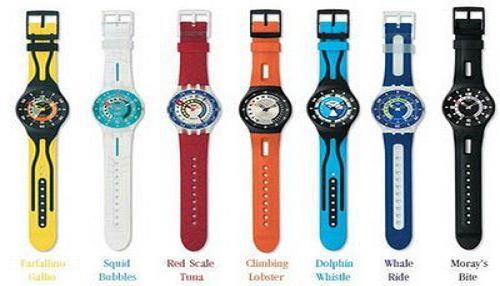Metric Time- Why we have the calendar we have
Priests in ancient Babylon divided the sky in a belt of 12 sectors, the Zodiac. Each sector, each group of stars, indicated the orbit of the sun, which seemed to move from constellation to constellation. They discovered that every 30 days the moon was full, so they divided the year in 12 x 30 = 360 days. Pretty soon though, they discovered a shortage in days. The error of 5 days a year mounted very rapidly: a full month in 6 years. They corrected for this by creating a 13 month year every 6th year. The Egyptians also used a 360-day year. However,they corrected this by adding 5 days of festivities at the end of each year.
Because a solar year is about 365 1/4 days long, and the current division didn't match the seasons, Ptolomeus (appr. 240 BC) suggested to add one day every 4 years. Ptolomeus got in trouble with the priests, but 200 years later, Julius Caesar made it official. They were getting close. The actual solar year is 365 days, 5 hours, 48 minutes and 14 seconds, slightly shorter than the Julian calendar with an error of 3 days per 400 years.
Priests in ancient Babylon divided the sky in a belt of 12 sectors, the Zodiac. Each sector, each group of stars, indicated the orbit of the sun, which seemed to move from constellation to constellation. They discovered that every 30 days the moon was full, so they divided the year in 12 x 30 = 360 days. Pretty soon though, they discovered a shortage in days. The error of 5 days a year mounted very rapidly: a full month in 6 years. They corrected for this by creating a 13 month year every 6th year. The Egyptians also used a 360-day year. However,they corrected this by adding 5 days of festivities at the end of each year.
Because a solar year is about 365 1/4 days long, and the current division didn't match the seasons, Ptolomeus (appr. 240 BC) suggested to add one day every 4 years. Ptolomeus got in trouble with the priests, but 200 years later, Julius Caesar made it official. They were getting close. The actual solar year is 365 days, 5 hours, 48 minutes and 14 seconds, slightly shorter than the Julian calendar with an error of 3 days per 400 years.

Around 1910, the chronograph, also referred to as stopwatch, was introduced as a wrist watch. Soon it was a very sought after type of watch, only to gain in popularity through the years. When the Swatch watch company started the production of affordable and fashionable chrono's in early 1990, they sold like hot cakes, as were the later versions. Nowadays, almost every respectable watch company has a chronograph in its collection.
The chronograph was invented by a Frenchman, named Rieussec, back in 1821. Literally, this was the only timepiece that bore the name Chronograph rightly. It actually wrote on the dial with a small pen attached to the index. The length of the arc of the circle displayed the time that had passed. The index was fixed while the dial turned. The Greek words chronos and graph stand for resp. time and writing. Chronoscope would be a more accurate name for chronographs, since there is no real "writing" involved anymore.
In 1822, Rieussec was granted a patent for his invention.

